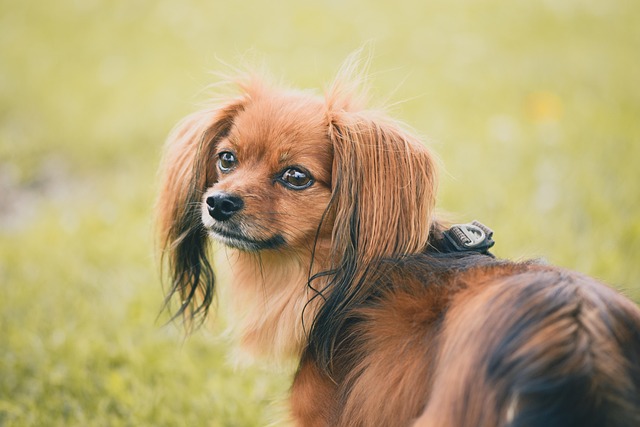
What is glaucoma in a dog?
You might notice your dog squinting more at mealtime or avoiding bright sunlight—these small changes could be early signs of a serious eye condition.
I’m standing in my Chicago apartment at 7 a.m., holding a lint roller that’s already covered in golden fur. My labradoodle, Charlie, just bounded off the couch, leaving a trail of “fur tumbleweeds” across the hardwood floor. I’m supposed to meet friends for brunch, but first I’ve got to vacuum the couch—again. If you’re a new dog owner, this scene probably feels familiar. “How do I get my dog to stop shedding?” isn’t just about a cleaner home; it’s about understanding your pup’s health, building good habits, and fitting into your community’s pet culture.
Shedding is a normal part of a dog’s biology—think of it as their body’s way of replacing old hair with new growth. Most dogs have a natural shedding cycle, with heavier loss in spring and fall as they adjust their coats for temperature changes. Breeds with double coats, like huskies or golden retrievers, shed more noticeably because they have a dense undercoat that thins out seasonally. A vet in Seattle once told me about a client panicking over her Australian shepherd’s “excessive” shedding—turns out, it was just his spring coat blowing, completely normal. But abnormal shedding (clumps coming out, bald spots) can signal issues like allergies or thyroid problems—so note the difference between steady fur loss and sudden changes.
You can’t stop shedding entirely, but you can manage it with consistent care. Start with regular brushing—invest in a slicker brush for short-haired pups or an undercoat rake for double-coated breeds. Aim for 3-4 times a week, 10 minutes each session. Make it positive: offer treats while brushing, and praise Charlie when he sits calmly—this builds trust, especially if he’s wiggly at first. Bathing helps remove loose fur, but don’t overdo it (once every 4-6 weeks is enough); use a mild, oatmeal-based shampoo to avoid drying out his skin, which can cause more shedding. Food matters too—look for dog food with omega-3 fatty acids (from fish oil or flaxseed) to keep his coat healthy and reduce excess loss.

Managing shedding also ties into being a responsible pet owner in your community. First, stay on top of required vaccines—rabies shots are legally mandatory in all U.S. states, and keeping records handy helps if your apartment complex or dog park asks. When you take Charlie out for walks, always carry poop bags (cities like Boston fine up to $300 for leaving waste, and it’s basic courtesy). In apartments, vacuum regularly to keep fur from drifting to neighbors’ units—no one wants to find your pup’s hair in their vents. If Charlie gets anxious during brushing and nips gently, never scold or punish him. Positive reinforcement works best: take breaks, offer his favorite toy, and try again later. Building good grooming habits together makes the process easier for both of you.
Remember, some shedding is normal—your goal isn’t a fur-free home, but a healthy pup and a harmonious routine. With consistent care, the “fur tumbleweeds” will become manageable, and you’ll both feel more comfortable in your space.

You might notice your dog squinting more at mealtime or avoiding bright sunlight—these small changes could be early signs of a serious eye condition.

Let’s set the scene: It’s a sweltering Phoenix afternoon—105°F outside—and you rushed your 2-year-old Lab mix, Cooper, on a quick walk to “get it over with.”

Let’s get real: You’re in your Miami apartment, watching your 3-year-old Corgi, Loki, struggle to climb the stairs to your second-floor unit.

Many dog owners brush off occasional scratching as just “dog behavior,” but persistent itching often signals something more—like a food allergy.

You might first notice your dog scratching more than usual—chewing at their paws until the fur looks thin, or rubbing their face against the couch nonstop.

Let’s be real: You’re standing in your Chicago apartment, watching your 3-year-old Beagle, Max, huff and puff just to climb onto the couch.